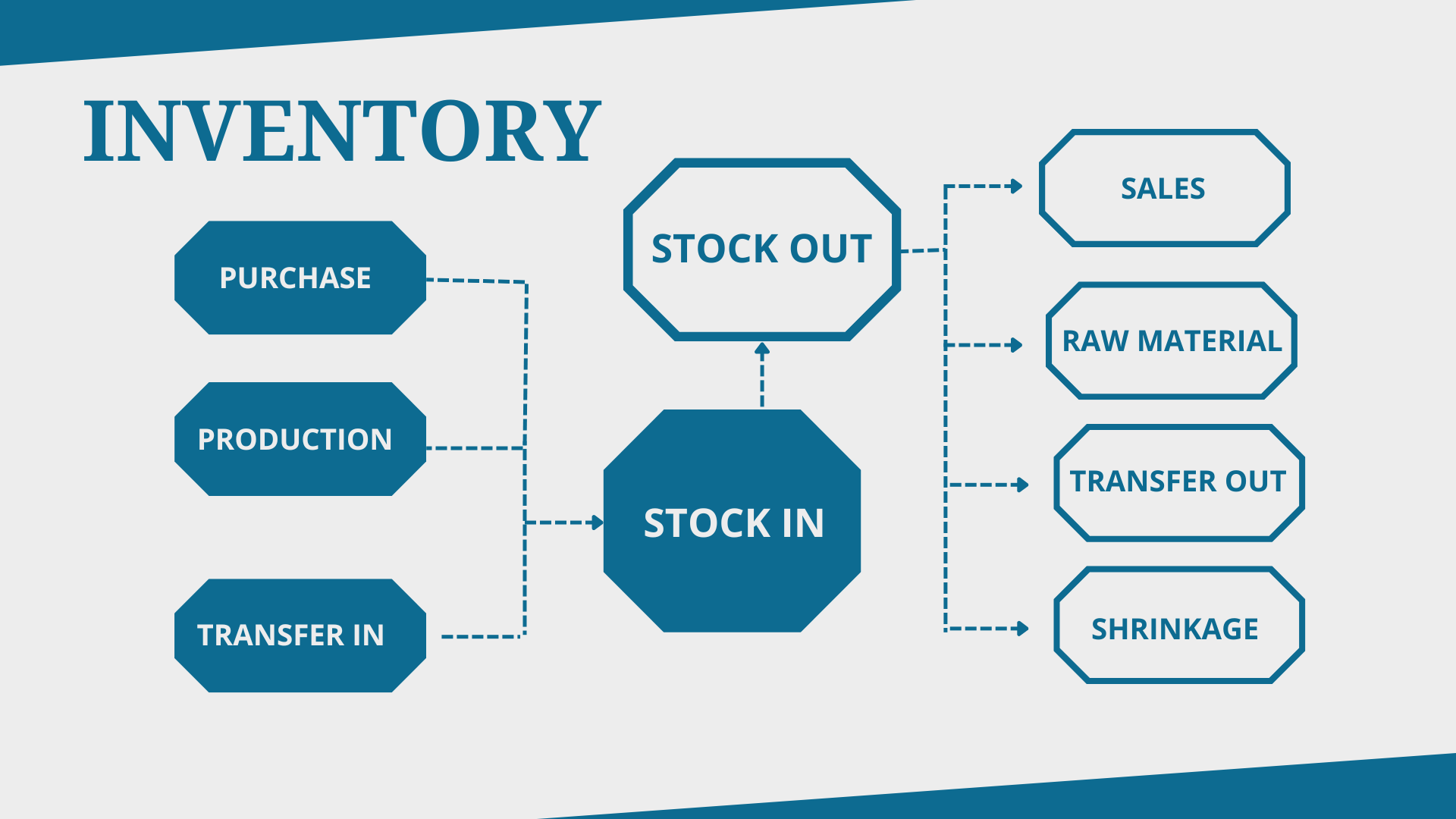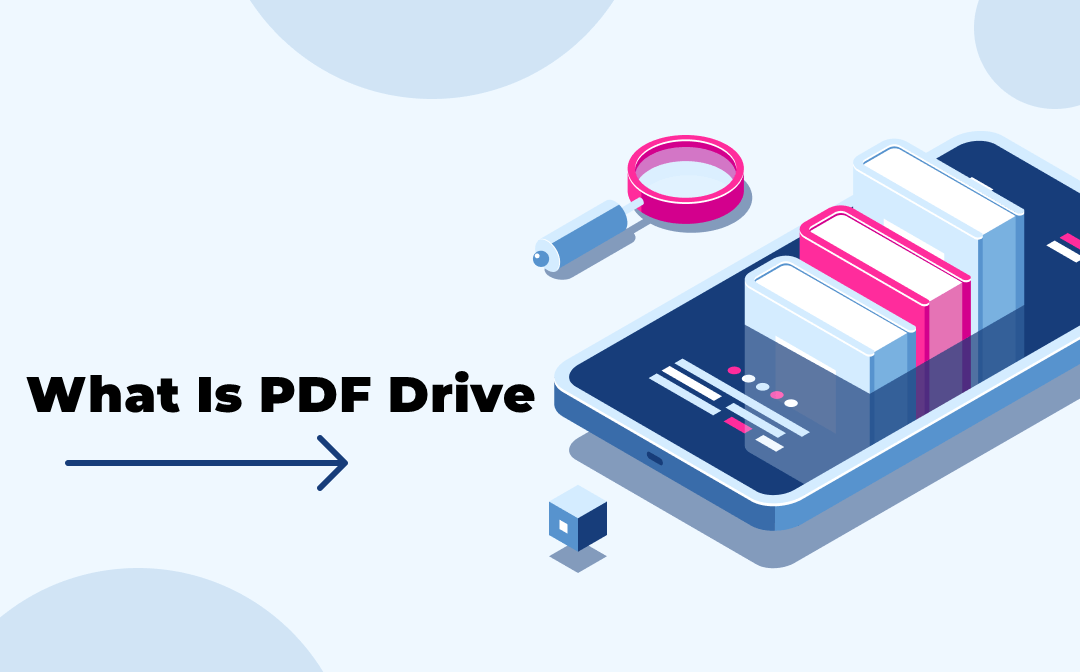What is Best Manufacturing Inventory Management Software?
Software for manufacturing inventory management is the term for specialist computer applications made to assist manufacturers in effectively managing, controlling, and keeping track of their inventories. This program, which offers tools and capabilities to help manufacturing organizations handle raw materials, components, and finished goods efficiently, is designed with their needs in mind.
It enables businesses to track inventory levels in great detail, keep an eye on stock movements, and maximize material flow throughout the manufacturing process. Inventory tracking, real-time updates, demand forecasting, system integration (e.g., accounting or supply chain management software), and analytics for well-informed decision-making are typical features of this kind of software.
All things considered, factory inventory management software is essential for optimizing operations, cutting expenses, limiting stockouts or overstock scenarios, boosting productivity, and guaranteeing precise this control in the intricate world of manufacturing companies.
Best Manufacturing Inventory Management Software
Effective control is essential in the industrial industry. Manufacturing this management software plays an increasingly important role as businesses aim for more efficient and streamlined operations. These software programs come with a variety of features designed specifically to satisfy the special requirements of the manufacturing sector.
Software for manufacturing inventory management is made to help with real-time updates, streamline system integration, and maximize inventory tracking. It helps with demand planning and forecasting, which helps businesses remain ahead of the competition and make wise decisions.

Key Features to Look for
Prioritizing a few essential features is necessary while thinking about such software. Strong inventory monitoring features, adaptability in integration, and forecasting functionalities are a few of these. Accurate stock management is ensured by the capacity to synchronize data across several platforms and track inventory levels in real-time.
Top Solutions in the Market
In the market, a few premium manufacturing inventory management software options stand out. Software A has extensive integration and tracking capabilities. But its scalability may be limited. Although Software B may be more expensive, it has a more user-friendly interface and provides superior predictions. While Software C is quite scalable, it is not well integrated.

Benefits of Implementation
The use of this kind of software has many advantages. Businesses benefit from enhanced efficiency and scalability, which includes greater inventory tracking accuracy, cost savings, and streamlined processes.
Choosing the Right Software
Budget, scalability, and user interface are some of the factors to take into account while choosing the right software. A successful implementation depends on matching the capabilities of the program with the unique requirements of the organization.
Implementation Strategies and Challenges
Regular maintenance and appropriate employee training are necessary for the implementation of these solutions. Proactively addressing obstacles including reluctance to change and technological problems is necessary.
Future Trends
Advances in IoT, machine learning. AI integration hold promise for manufacturing inventory management software in the future, allowing for even more advanced inventory control.
Conclusion:
A crucial tool for businesses looking to improve productivity and optimize processes is the greatest industrial. These software solutions can become growth and success accelerators. The highly competitive manufacturing scene. They are implemented with the appropriate features and tactics.
FAQs:
Is software for manufacturing inventory management exclusively appropriate for large businesses?
How much time does it take to install this kind of software in a manufacturing setting?
Are these software programs flexible enough to accommodate various manufacturing processes?
What are the usual expenses related to the installation of inventory control software?
Does depending only on software to manage inventories carry any risks?







